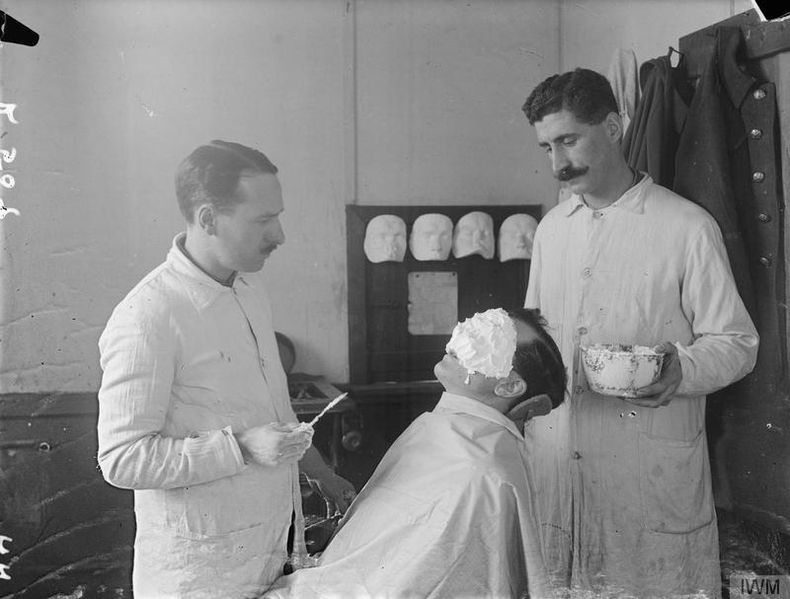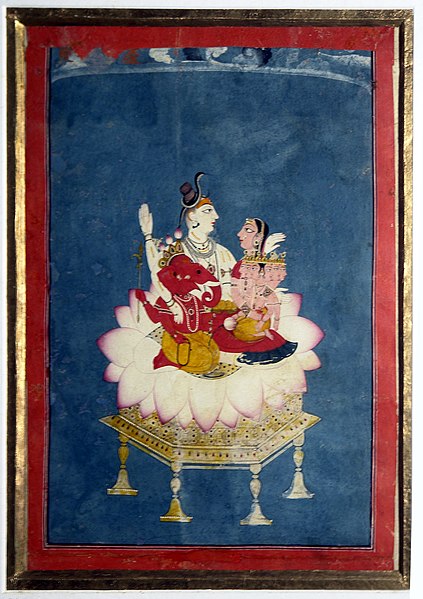This is #1 in our cyborg mythologies series, where we explore the cyborg as a historical being intertwined within mythologism, ancient religion and sacred iconology. A way to envision the technologies of the present through the imaginations of the past.
A lot of the technologies that we interact with today were once a mere thought. It can be said that technologies of the present were conceived from imaginations manifested through science fiction, speculative ideas or even our religious mythologies! Be it the desire for flight, the ability to sense things beyond our natural bodies, artificial life forms, or even biological enhancements to human bodies; there can be found a mythological story that corresponds to the foretelling of these very technologies.
Two-hundred and seven years ago, the first ever plastic surgery was performed. Centuries later, this procedure has found a 200% increase in the last two decades alone. A procedure to biologically enhance parts of the body, this surgical technology has now carved its way into commercial practice alongside its medical usage. But, the concept of plastic surgery has long remained in our minds and scriptures for centuries beyond its practical application. Found in Greek, Judaism and Hindu transcripts amongst others, mythological stories have often alluded to the idea of recreating oneself through biological enhancements.
The concept of plastic surgery has long remained in our minds and scriptures for centuries beyond its practical application.

The creation of man by Prometheus in Greek mythology is a famous example. Given the task of creating man, Prometheus moulded him out of clay and Athena, the goddess of knowledge, breathed life into this clay figure. Upon being tricked by Prometheus, Zeus ordered Hephaestus, the blacksmith of the gods, to create a mortal of stunning beauty, thereby creating the first woman, Pandora. The creations in these myths are resemblant of a modern-day android, perhaps?
In a similar vein, a parallel can be found in Hindu mythology in the origins of the elephant god, Ganesha. Moulded into the shape of a boy out of clay by his mother, Ganesha guarded the house while his mother bathed. His father, Shiva is denied entry upon return and decapitates Ganesha in a fit of rage. Herein comes the first imaginations of the possibility of plastic surgery — to appease his partner for accidentally killing their son, Shiva orders for a head to be found in order to restore life into the boy. The first head that is found is that of an elephant’s, and hence Ganesha came to be the elephant god. Not just plastic surgery but this is a tale that brings to the fore the question of trans-species, maybe even those of cybernetic nature.

The story of Golem in Jewish folklore is another example of a species created from inanimate matter that is recognized as an anthropomorphic being. Over the years, the story of Golem now has contemporary relevance in its view as an artificial humanoid, or even a cyborg.
With characters created from traditional nature, these mythological tales have now become a reality in the next nature. As we continue to mould ourselves just as the gods did, perhaps these tales will be reframed to keep up with our evolving environments. Ganesha could be the first trans-species known to humanity and Golem, the first cyborg. Welcome to the age of cyborg mythologies.

Share your thoughts and join the technology debate!
Be the first to comment